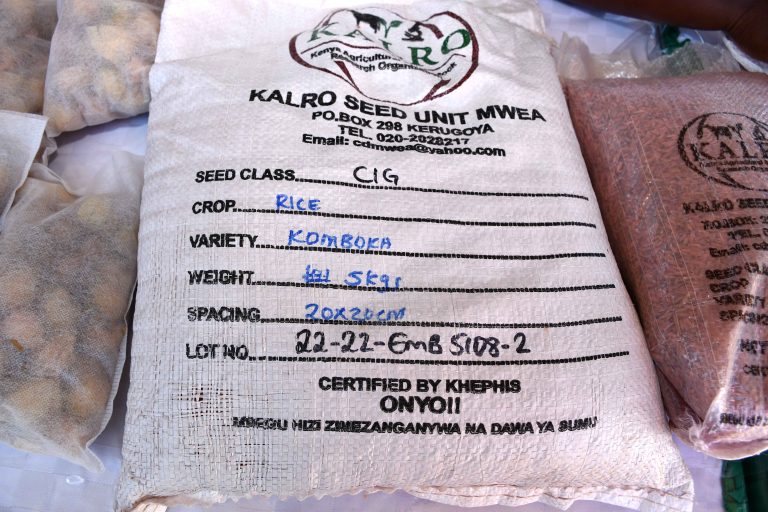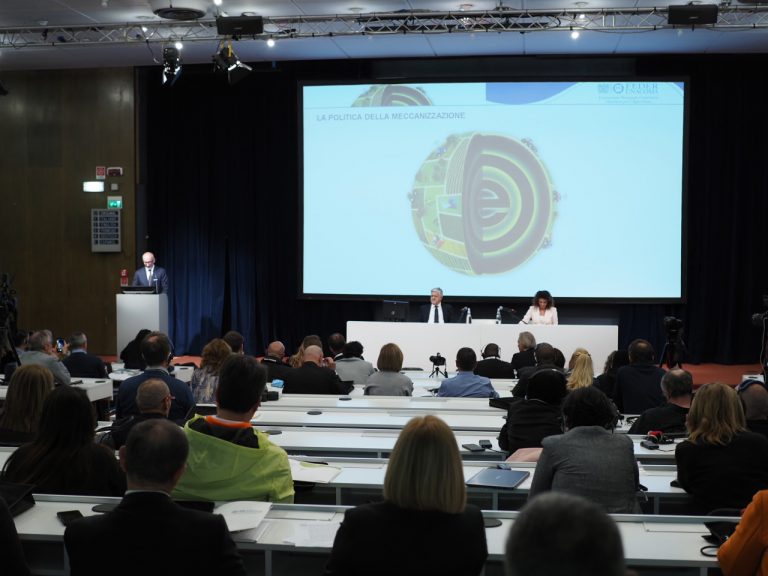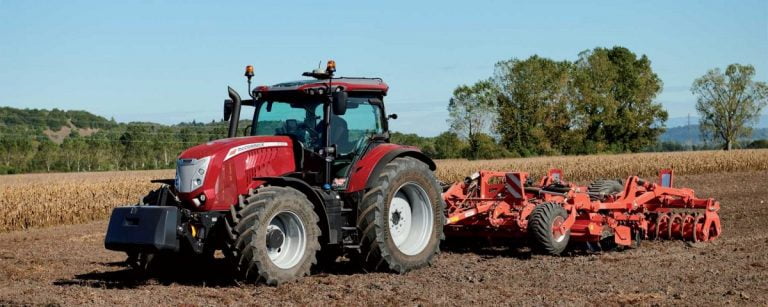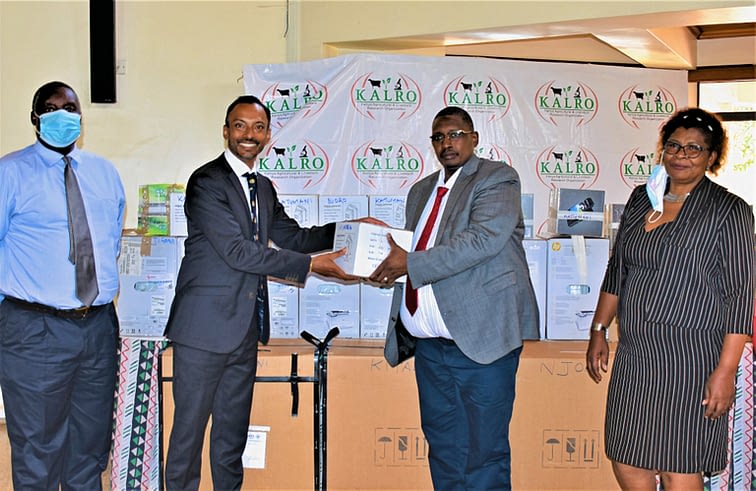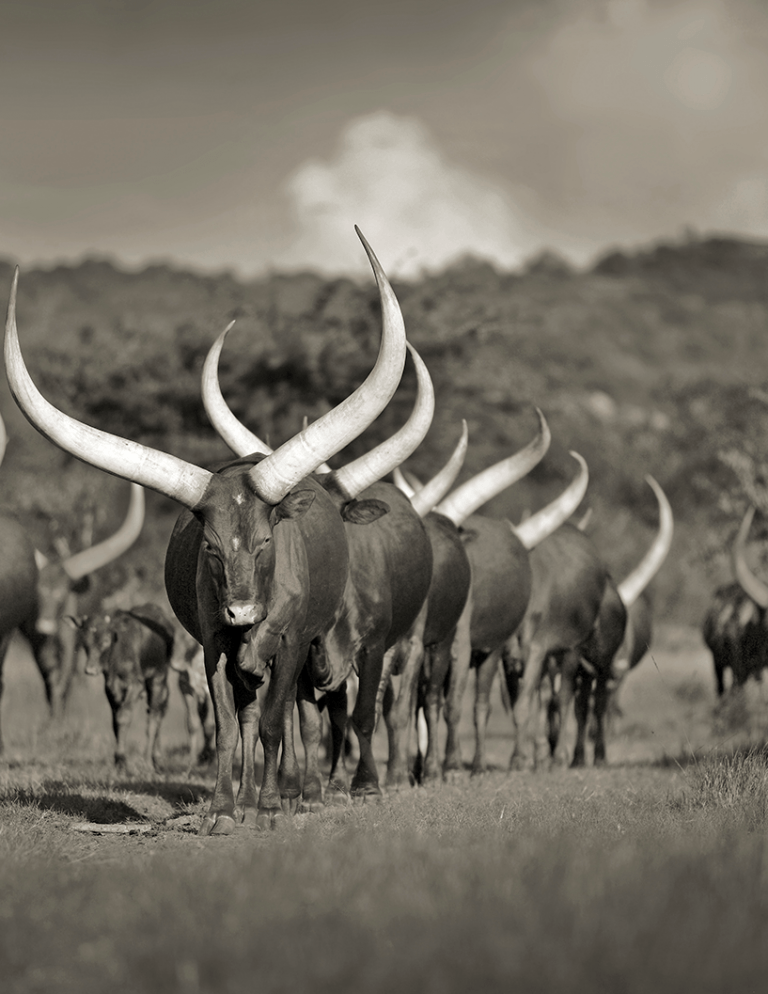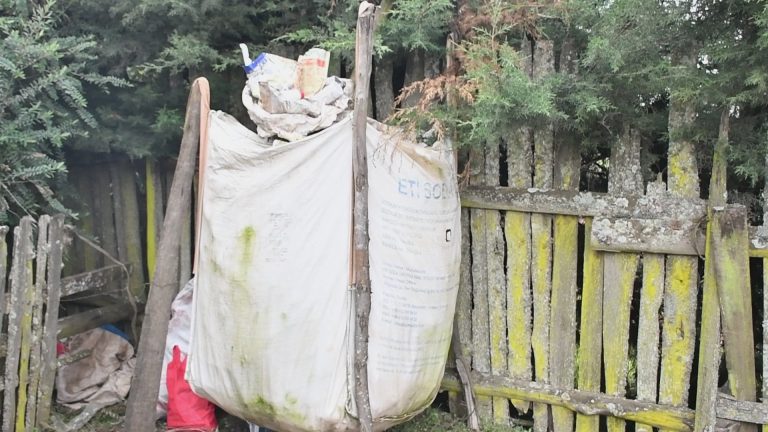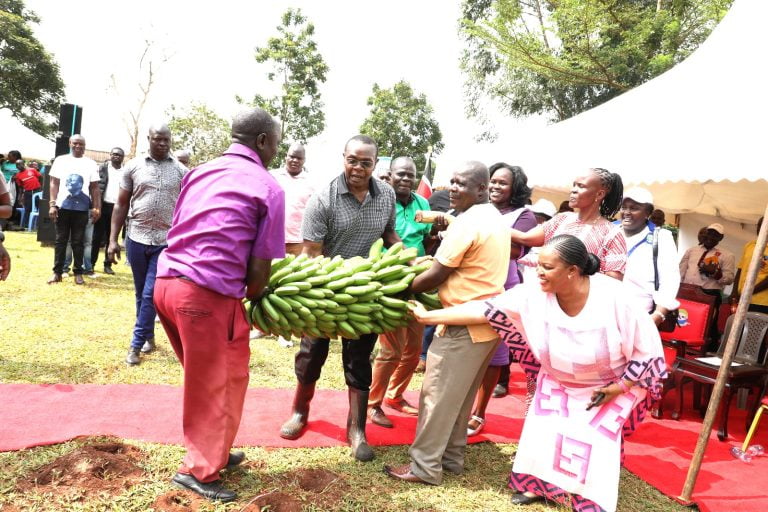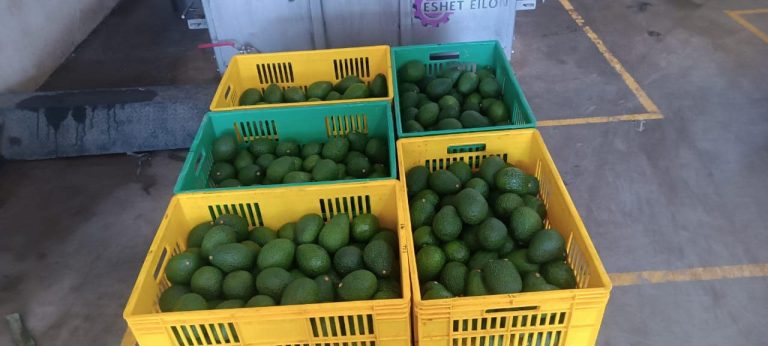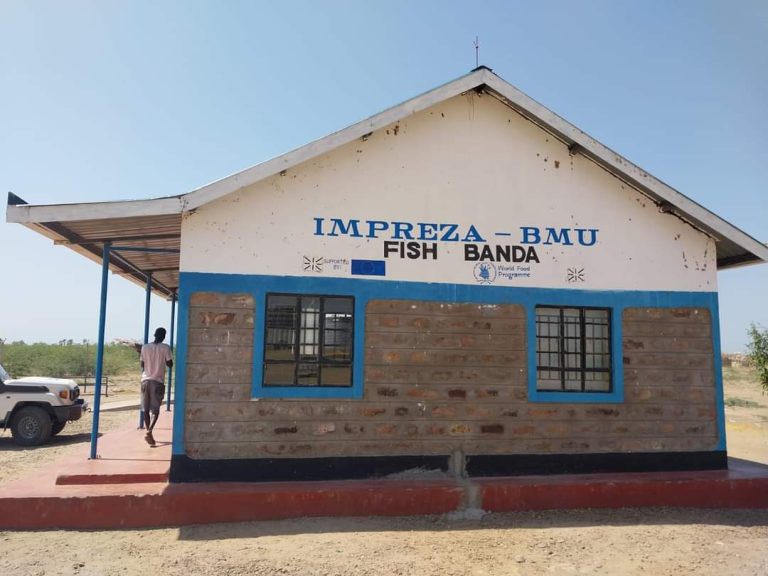By Kimuri Mwangi
Conservation Agriculture is described by FAO as a farming system that promotes minimum soil disturbance (no, or minimum tillage), maintenance of a permanent soil cover, and diversification of plant species. It enhances biodiversity and natural biological processes above and below the ground surface, which contribute to increased water and nutrient use efficiency and to improved and sustained crop production.
One principle of conservation agriculture that is being advocated to farmers is minimum tillage. Dr Boaz Waswa, a Soil Fertility Specialist with Alliance Bioversity-CIAT describes it as “where you minimize breaking your land as we’ve always done usually using the disc plough where every year, we keep on breaking the soil.”
“This creates what we call a hardpan below the soil and that reduces the amount of water that can infilter into the soil. So, we advocate for minimum tillage where we only open areas where we want to plant and the advantage of this is that those particular areas that you’ve opened up are the ones that cause water to get into the soil, deep to the deeper layers,” says Dr Waswa. Hardpans in the soil damage the soil structure hence increase soil erosion, reduce water conservation, prevent root penetration, and tend to limit root development of crops to just near the surface hence low crop yields.
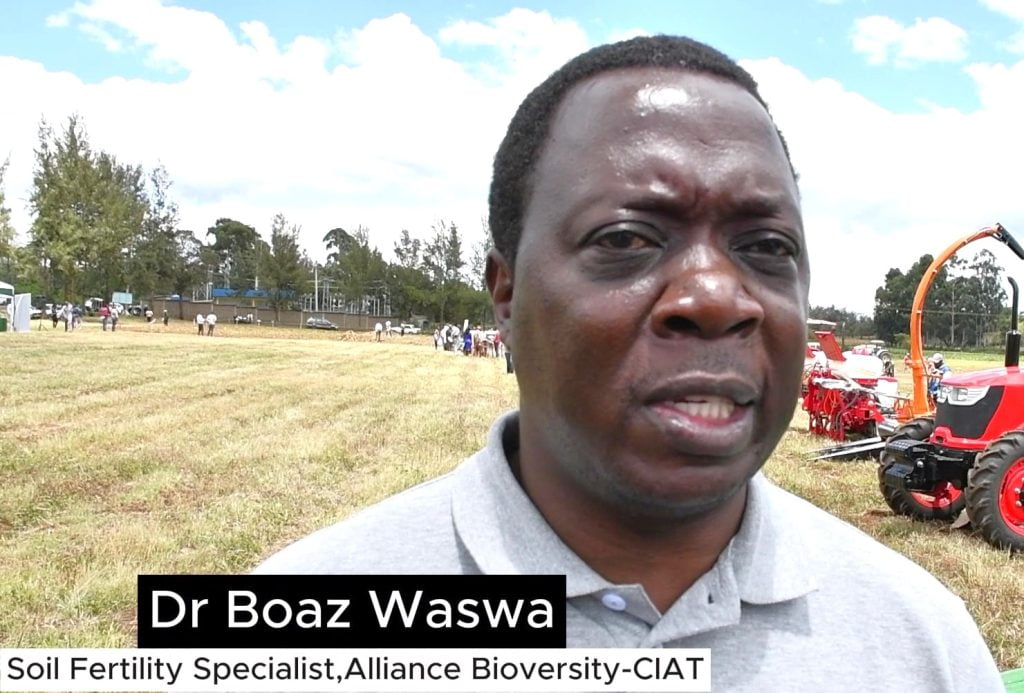
The second advantage he adds is that when you practice minimum tillage, you enable the rest of the area that is not cultivated to heal like the way we used to do furrow farming where you leave a place and you move to another area. Since today its hard to practice furrow farming where you have to shift from one area to another you can only open up areas where you want to place the seed and the fertilizers and the manure and then the rest of the area starts healing over time making your soil to start getting much better. This improves soil health, which helps crops to establish quicker over time. Healed soil has a reduced soil structure damage.
“With the continuous breaking of the soil you are exposing the soil end to the sun and this loses a lot of what we call organic carbon and that is a contributor to climate change. So, by practicing conservation agriculture we are able to conserve as much carbon into the soil and therefore reducing on climate change but also using that carbon as the food for the microbes in the soil,” opines Dr Waswa. Microbes increase soil fertility by incorporating air, minerals and nitrogenous compounds. They also assist in decomposing organic matter to simpler forms that can easily be absorbed by plants.
Dr Waswa was speaking at KALRO Njoro Centre at a mechanization exhibition also featuring conservation agriculture where they were showcasing some of the options that they have under the Ukama Ustawi Initiative.
This is a regional initiative by the CGIAR centers where they are looking at diversifying and building resilience of maize cropping systems.
“So, what we do under Ukama Ustawi is to promote and scale sustainable intensification, climate smart agriculture and conservation agriculture technologies so that farmers can adopt this for purposes of making sure that we build resilience to changing climate. We focus on maize because it is one of the major crops in Eastern and Southern Africa, where again this particular crop as much as it is being consumed widely, we also realize that climate change affects significant portion of maize production in the region. So, we need to develop strategies and technologies that enable to build resilience of this particular system,” he noted.
The initiative is also looking at mechanization saying it is a key component as it helps to ease operations, bring efficiency in farming and it can also be used to promote conservation agriculture and other sustainable management practices.



